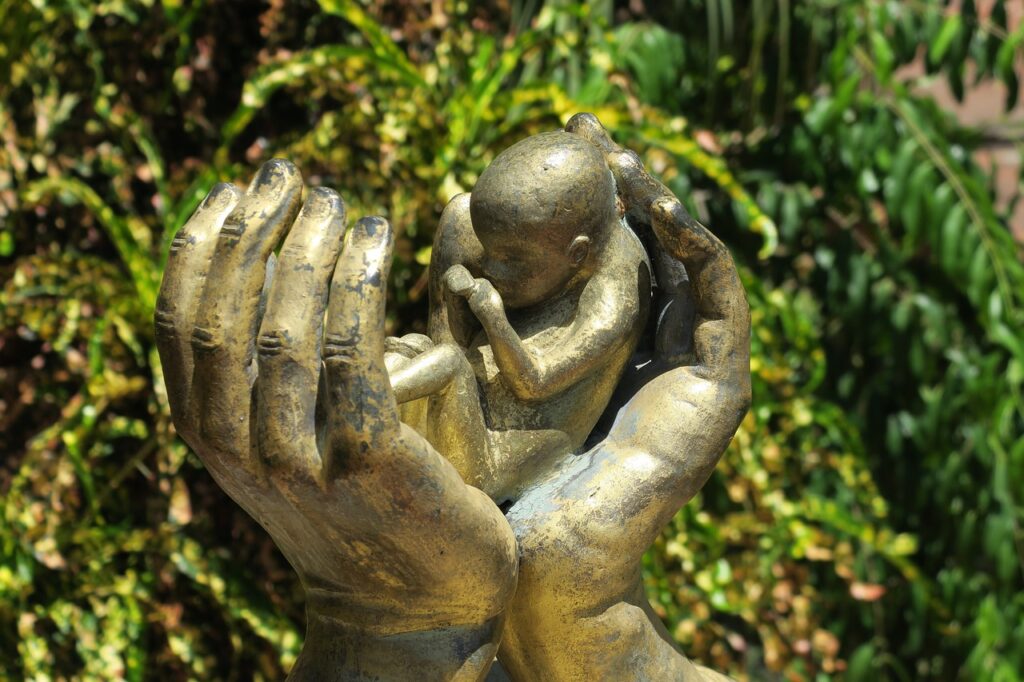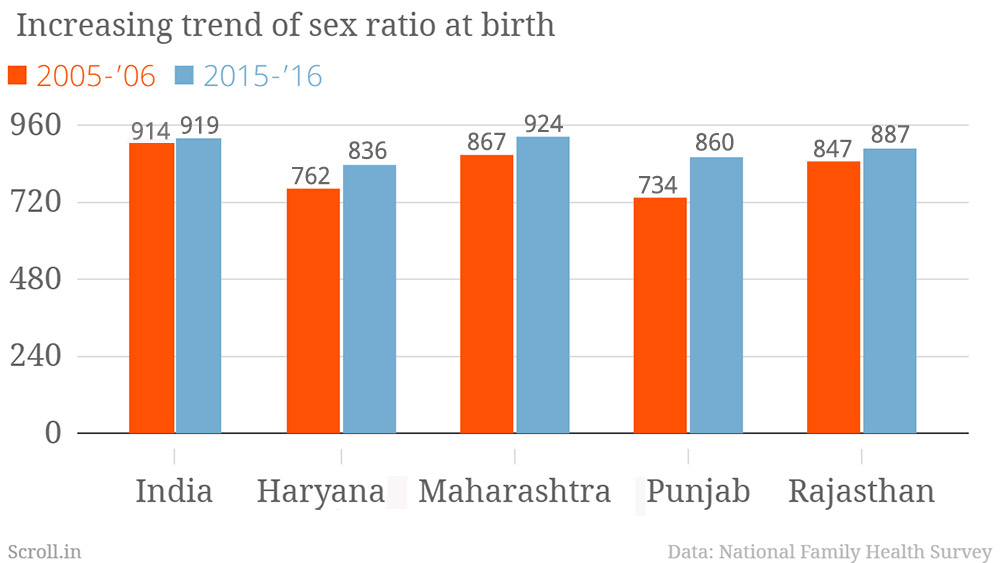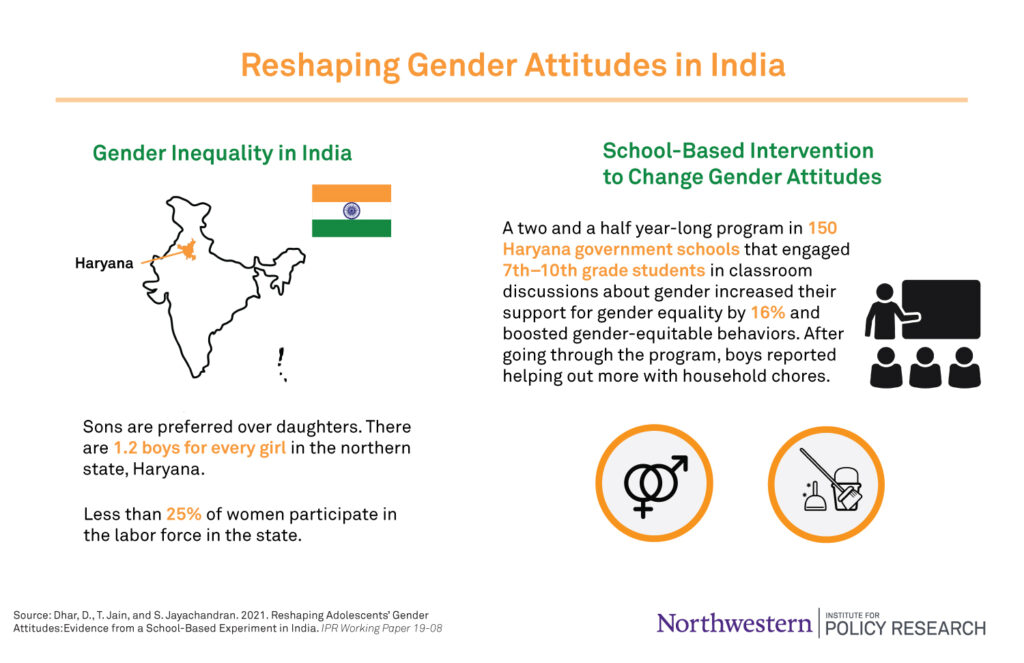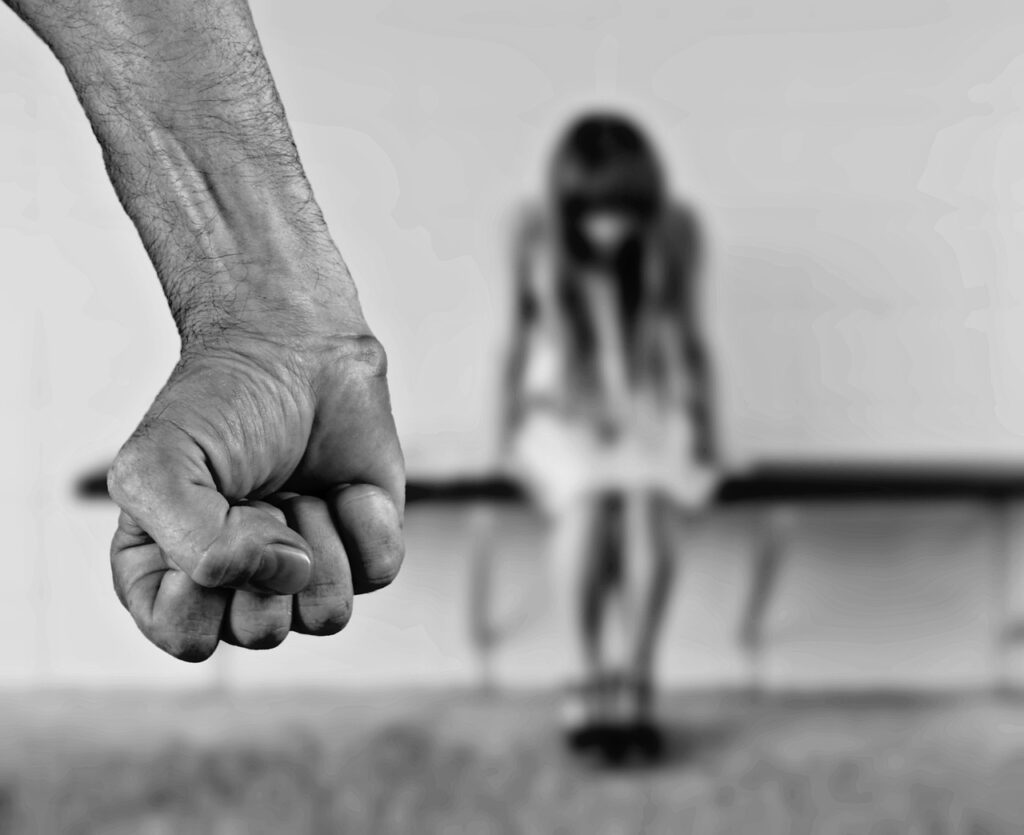India’s gender gap, characterized by a significant disparity between the number of males and females, is a pressing social issue with profound implications.
With nearly 50 million fewer females than males, this gender imbalance is rooted in deep-seated cultural, economic, and social factors.
This article delves into the causes of this gender gap, examines its implications, and explores potential solutions and government measures to bridge the divide.
Understanding the Gender Gap in India

The gender gap in India is stark and multifaceted. According to the 2011 Census, India had a sex ratio of 940 females for every 1,000 males. In certain regions, this imbalance is even more pronounced.
The 2020 UNFPA State of World Population report highlighted that the country has approximately 45.8 million fewer women than men, largely due to gender-biased sex selection and neglect of female children.
What Causes This Gender Gap?

a. Gender-Biased Sex Selection
One of the primary contributors to India’s gender gap is the preference for male children, leading to practices like sex-selective abortion.
Studies, such as those conducted by the Lancet in 2011, estimate that up to 12 million female fetuses may have been aborted in India over the past three decades.
b. Socio-Cultural Factors
Cultural norms and patriarchal values prioritize male children, viewing them as breadwinners and carriers of the family name. Females are often seen as economic burdens due to dowry practices and their perceived lesser earning potential.
c. Health & Nutrition Disparities
Female children often face neglect in healthcare and nutrition compared to their male counterparts. UNICEF reports indicate that girls in India are less likely to receive timely medical care and adequate nutrition, contributing to higher mortality rates among females.
d. Educational Disparities
While India has made strides in improving female literacy rates, significant gaps remain.
The National Sample Survey Office (NSSO) data from 2017-18 showed that the female literacy rate was 70.3%, compared to 84.7% for males, reflecting enduring educational inequalities.
What Are the Implications of the Gender Gap?

Image source: Feminism India
a. Socio-Economic Consequences
The gender gap has far-reaching socio-economic implications. A skewed sex ratio can lead to increased violence against women, human trafficking, and societal instability. Additionally, the economic potential of women remains underutilized, impacting the country’s overall economic growth.
b. Public Health Concerns
A disproportionate number of males can exacerbate public health issues, including higher rates of sexually transmitted diseases and mental health challenges among men due to social pressures and the lack of balanced gender dynamics.
c. Demographic Challenges
A sustained gender imbalance can lead to demographic challenges, such as an aging population with fewer women to contribute to caregiving roles and reproductive activities, thus impacting future population growth.
Solutions & Government Measures

Addressing India’s gender gap requires a multifaceted approach involving societal change, policy interventions, and active government measures.
a. Spiritual Education/Awareness
Spiritual education, which means knowing the ‘self’, can be transformative in addressing India’s gender gap by promoting equality and respect for all individuals.
Teachings that emphasize the intrinsic worth of every person, regardless of gender, can challenge deep-seated biases.
Spiritual practices such as mindfulness and meditation cultivate empathy and compassion, fostering a more inclusive society.
Additionally, spiritual communities provide strong support networks that advocate for gender equality and support affected families.
By shifting focus from materialistic values to inner fulfillment, spiritual education can reduce economic pressures that drive gender-biased practices.
b. Strengthening Legal Frameworks
Enforcing existing laws against sex-selective practices is crucial. The Pre-Conception and Pre-Natal Diagnostic Techniques (PCPNDT) Act, 1994, aimed at preventing sex-selective abortions, needs stricter implementation and monitoring.
c. Promoting Gender Equality in Education
Ensuring equal access to education for girls can help bridge the gender gap. Initiatives like the Beti Bachao Beti Padhao (Save the Daughter, Educate the Daughter) campaign aim to improve female literacy rates and reduce school dropout rates among girls.
d. Economic Empowerment
Providing economic opportunities for women through skill development programs and entrepreneurship initiatives can enhance their financial independence and reduce the preference for male children.
e. Health & Nutrition Interventions
Improving healthcare access and nutrition for girls is vital. Government programs like the Integrated Child Development Services (ICDS) can play a significant role in addressing health disparities.
f. Changing Societal Norms
Cultural change is essential for long-term impact. Awareness campaigns that challenge patriarchal values and promote gender equality can shift societal attitudes. Influential leaders and media can help in reshaping perceptions about the value of female children.
g. Financial Incentives
Providing financial incentives to families with girl children, such as scholarships, subsidies, and conditional cash transfers, can help reduce the economic pressures that contribute to gender-biased practices.
Conclusion
India’s gender gap is a complex issue rooted in historical, cultural, and socio-economic factors. While the disparity remains significant, comprehensive and sustained efforts can bridge the divide.
Through a combination of legal enforcement, educational initiatives, economic empowerment, health interventions, and societal change, India can work towards achieving gender equality.
Addressing the gender gap is not just a matter of fairness but is essential for the holistic development and progress of the nation.

